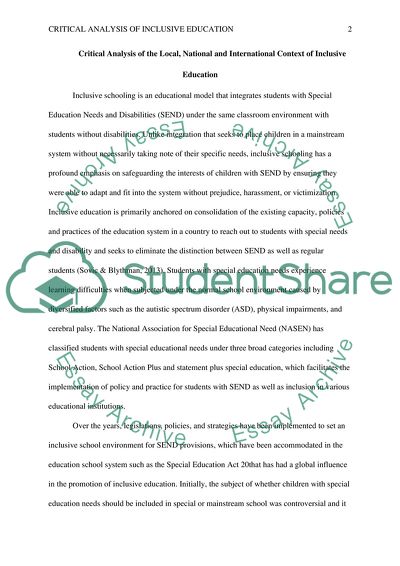Cite this document
(“A critical analysis of the local, national and international context Essay”, n.d.)
Retrieved from https://studentshare.org/education/1656143-a-critical-analysis-of-the-local-national-and-international-context-of-inclusive-education
Retrieved from https://studentshare.org/education/1656143-a-critical-analysis-of-the-local-national-and-international-context-of-inclusive-education
(A Critical Analysis of the Local, National and International Context Essay)
https://studentshare.org/education/1656143-a-critical-analysis-of-the-local-national-and-international-context-of-inclusive-education.
https://studentshare.org/education/1656143-a-critical-analysis-of-the-local-national-and-international-context-of-inclusive-education.
“A Critical Analysis of the Local, National and International Context Essay”, n.d. https://studentshare.org/education/1656143-a-critical-analysis-of-the-local-national-and-international-context-of-inclusive-education.


